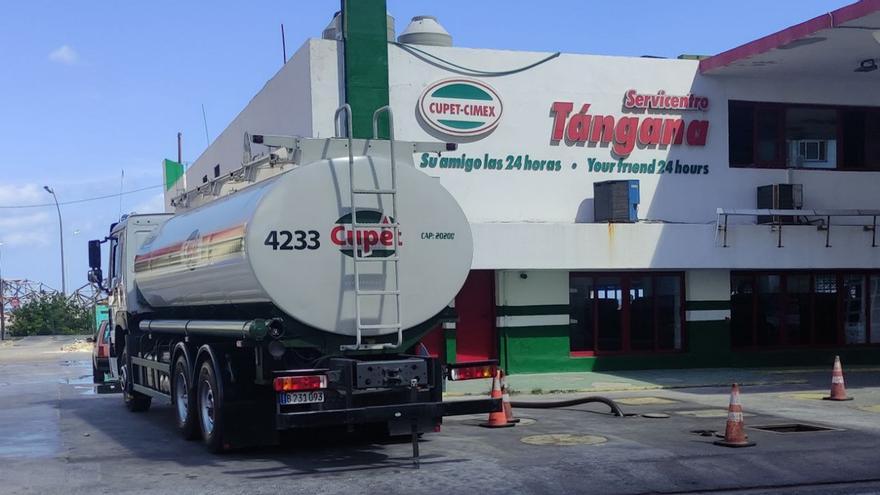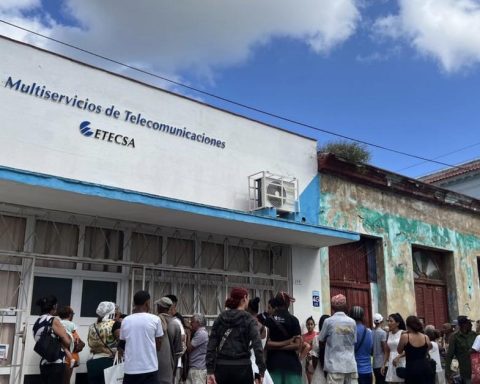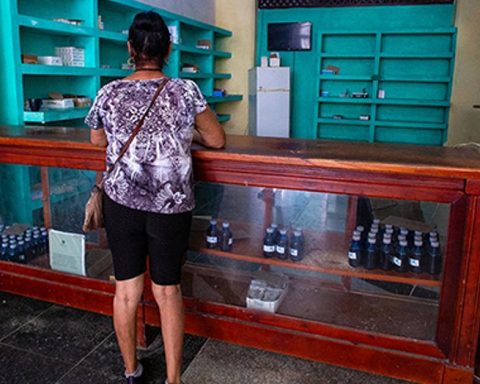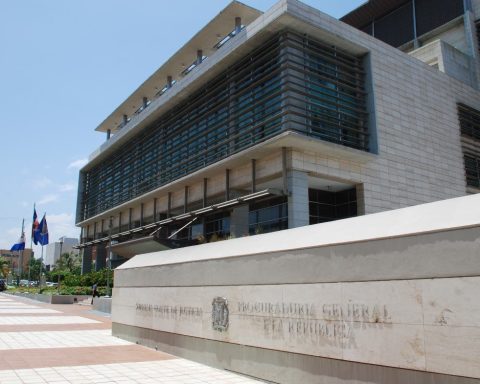
Fuel shipments from Venezuela to Cuba continue to increase. In June, according to the monthly report of the Reuters agencyincreased by almost 30%: from 58,000 barrels per day (bpd) in May they went to 75,000.
The main destination for Venezuelan oil, whose exports exceeded 700,000 bpd last month (an 8% increase from the previous month), was China, followed by Iran. On the other hand, exports to the United States through Chevron fell slightly, to about 134,000 bpd, from 150,000 bpd in May.
In total, 37 shipments left Venezuelan ports in June with 715,933 bpd of crude and refined products and 294,000 metric tons of petroleum derivatives, details Reuters.
As documented by the British agency, the increase in fuel exports is due to the restart of a key processing unit, a “crude upgrader” operated by PDVSA and the Russian state company Roszarubezhneft, which converts extra-heavy crude into exportable grades and which returned to up and running in mid-June six months after being damaged by fire.
Together with the Venezuelan, and after the oil supply agreement with Russia, the Island began to receive oil from the Eurasian country. So the ship SCF Primewith the Liberian flag and an approximate capacity of 530,000 barrels, arrived this Tuesday at the havana bay coming from the port of Tuapse.
The increase in fuel exports is due to the restart of a key processing unit, a “crude upgrader” operated by PDVSA and the Russian state company Roszarubezhneft
Through the maritime monitoring web pages, this newspaper followed the trajectory of the oil tanker from its departure from Tuapse, on June 3, until it reached the Cuban coast a month later, on July 4. The ship disappeared from the radar and does not appear on the lists of ships anchored in any Cuban port.
However, the photographs captured this Tuesday by 14ymedio They confirmed that the tanker is anchored in front of the capital’s refinery, although it is unknown if it will travel to other port terminals in the country.
The arrival of SCF Prime It had also been announced by the academic and specialist from the University of Texas (USA) Jorge Piñón. A report on the transfer of oil tankers traveling to the Island –with both Cuban and foreign flags–, offered by Piñón to this newspaper, indicated that fuel traffic through the Island continues to increase.
On the other hand, on June 17, the Mexican journalist Gerardo Aburto accused President Andrés Manuel López Obrador of “giving away crude oil to the oppressive government of Cuba”.
An invoice, published by Aburto himself, shows how the state monopoly Pemex sold 350,000 barrels of Istmo oil (a variant of crude used to make gasoline) to Gasolineras del Bienestar, a government program to support state institutions and private initiative in Mexico. , diesel, jet fuel and kerosene) to send them to the Island. The name of the tanker also appears in the document Delsa and the entity to which the fuel is delivered: Unión Cuba Petróleo (Cupet).
________________________
Collaborate with our work:
The team of 14ymedio He is committed to doing serious journalism that reflects the reality of deep Cuba. Thank you for accompanying us on this long road. We invite you to continue supporting us, but this time becoming a member of our newspaper. Together we can continue transforming journalism in Cuba.














